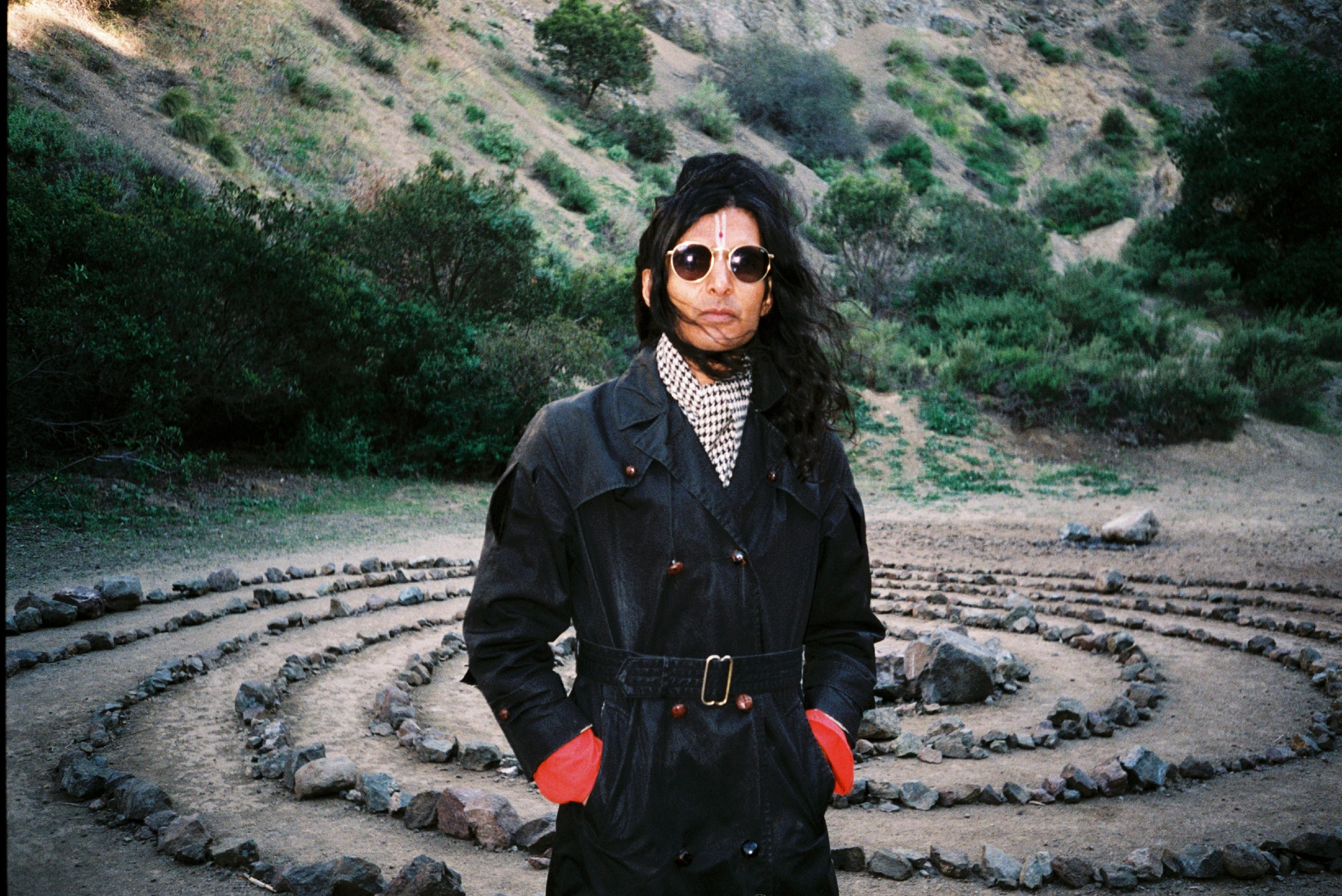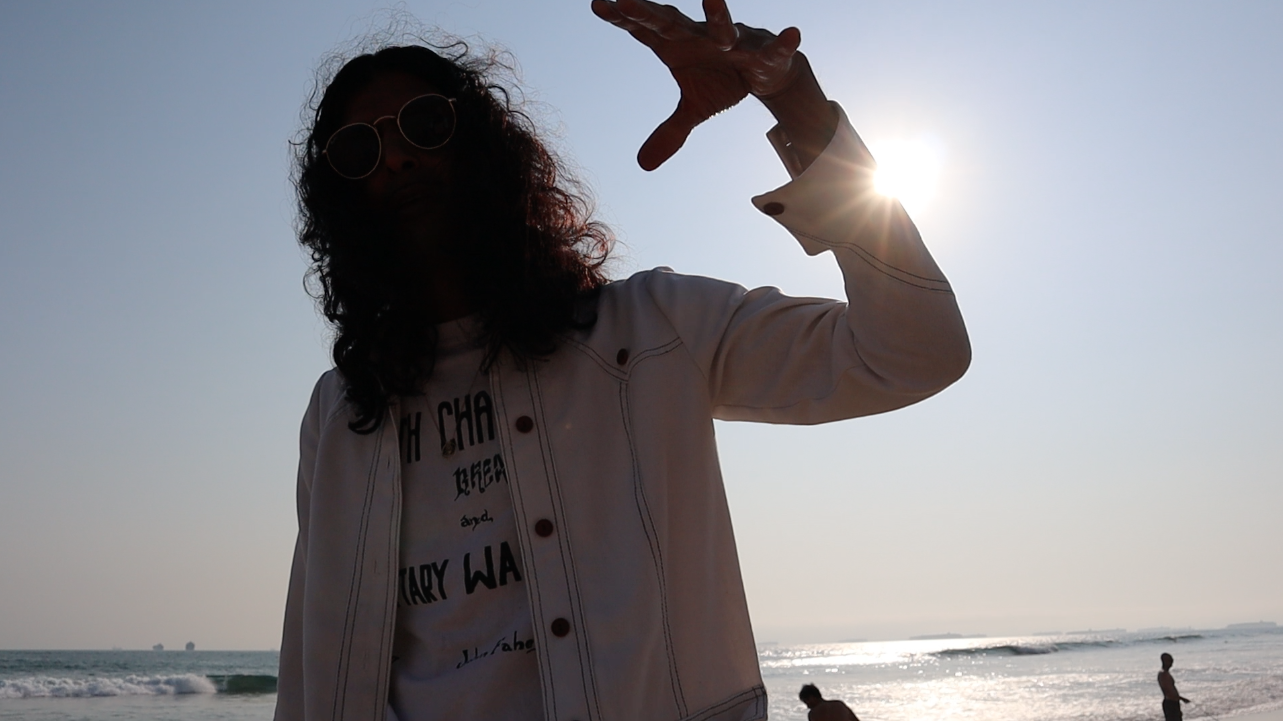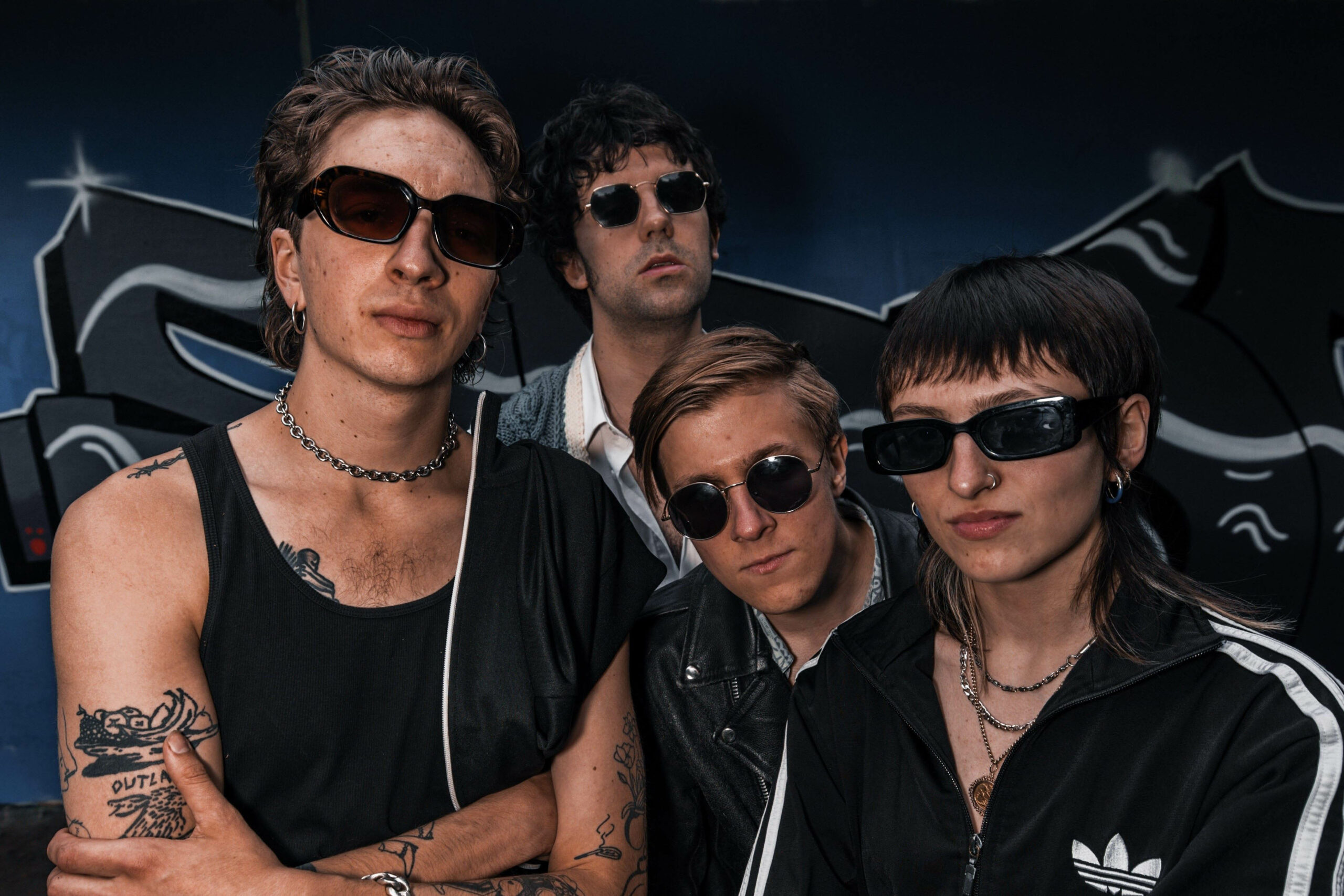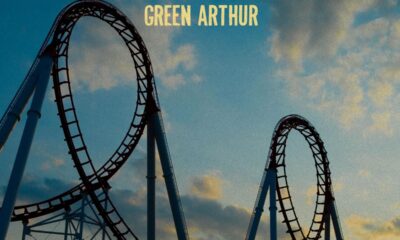Behind the Video
Behind the Video: Imaad Wasif Discusses His Chilled-Out Clip for “So Long Mr. Fear”
Promoting his album ‘So Long Mr. Fear’ (Sonic Ritual), Imaad Wasif joins us for a Behind the Video interview about the conceptual approach to his latest music video.

Imaad Wasif’s brand new studio album is a testament to perseverance and hard work, considering how it was written and recorded. The Los Angeles singer-songwriter released perhaps his most exposed collection of songs with So Long Mr. Fear, which came out August 9th through Sonic Ritual. The album was mostly tracked during the first pandemic lockdown in the United States, along with the assistance of producer and longtime collaborator Bobb Bruno of Best Coast. While Coast contributed a lot of valuable ideas and played bass, drums, and synths, he and Wasif never actually met up with each other while the album was being recorded.
With this his sixth studio record, Wasif took a new approach to songwriting that helped him, at least slightly, reinvent himself as an artist. While he has always predominantly made the guitar the focus of his songwriting and recording, this time, he traded it for a piano. Based on the circumstances of being in isolation, he had more time to experiment with different types of instrumentation, which led to the predominance of piano in these songs. Often with just the piano and his voice, Wasif recorded everything live and intentionally kept things raw and unedited, often using first or second takes as the final take that was used for the finished version.
Promoting the album, Wasif recently released a fantastic music video for the title track to So Long Mr. Fear. For our latest Behind the Video interview, we spoke with him about the conceptual approach to the video, the original idea behind it, and how the visuals and the song complement each other.
Does the “So Long Mr. Fear” video have a concept, and if so, can you elaborate on it?
Imaad Wasif: “The director, Jeff Hassay, likes to approach things from a conceptual point of view, but lately, it seems that he just lets the circumstances dictate what is going to happen, how it’s going to look, even where to shoot. We filmed this down in Sunset Beach, California. He had his infant son strapped to him during the entire shoot. The camera was on a tripod, and the little baby was either napping or trying to reach and shake the camera while drinking milk and occasionally screaming to the music. He danced to mollify the baby.
“This all somehow fit into the ‘chill out,’ ‘don’t worry,’ ‘So long Mr. Fear’ sentiment of the song. There is a mellowness to the beach at sunset; you can see it in the passers-by, how they casually ignored us and their dogs simply enjoyed being alive. It was also smack dab in the middle of the Covid lockdown, so the confrontation of freedom from fear is palpable in watching it. We’re both into the acid-warped era of Beach Boys too, and the song somehow had the feel to match. I think I was just channeling Andy Kaufman’s Tony Clifton.”

Imaad Wasif bts of “So Long Mr. Fear,” photo by Jeff Hassay
Did you have a concept in mind based on the song, or was Jeff given full reign to come up with a suitable visual companion?
“Neil Young’s album, On The Beach, was discussed just as a starting off place. This brought us to the beach and probably informed my white outfit. The rest just unfolded. There is a grainy blur that summarizes a lot about the song and album, life, and modern times. The mental marine-layer drifting into all of us.”
Help us to understand the video’s concept in more detail and how it ties into the lyrics.
“There is an instrumental part where I dance awkwardly that kind of sums up making music videos: it’s always a little strange and awkward, but there is an underlying and effortless fun to moving to a song that I made. Lights cut through, or they try to. The song is trying to be upbeat, but things always weigh us down with the gloom of a thousand gravities.”

Artwork for the album ‘So Long Mr. Fear’ by Imaad Wasif
How does the music inform the video in terms of visuals matching sound?
“There is a tonal similarity, a vibe, between the images and the music. In a literal sense, a woman pops into view right on the words ‘walking after midnight’ and she disappears right when the lyrics say, ‘I’ve watched it all disappear.’ That just happened in the shot; it was unplanned but serendipitous. This happened a few times; it wasn’t even subtle; it’s like we were conjuring the song in the shoot.”
How much of the video was self-made? What portion of it did you work with a crew on?
“The director shot it all himself, throughout the day with a little baby strapped to him, music playing, stuff around him, slight chaos being controlled. He would occasionally say ‘look up’ or ‘more mask’ or something. His daughter assisted, too, carrying things, keeping the energy level up. Jennifer Herrema from Royal Trux/RTX was supposed to come down and make a cameo, but I think she napped instead, so in a way, this is psychically maybe the dream that she had instead of helping us out.”
High-quality lyric video, live video, cinematic music video… What’s your preferred format and why? If money was no issue, what would be in your perfect video?
“A perfect video would be cinematic, where some wonderful people work on it and they are all excited and creative, and there are lots of snack breaks with fantastic food, no one is snarky, we all feel jazzed to be part of something fun. The optimistic part of me hopes and wants that this would translate into something interesting to watch.”
How do you think the album art will affect the listener’s perception of So Long Mr. Fear?
“Hopefully, it will reprogram their minds to fully engage into every little detail and sound that we put in there, the combination of which will expand everything that they know about joy and existence.”
What’s your favourite thing about this album cover?
“It is finite, in focus, and finally finished.”

Imaad Wasif bts of “So Long Mr. Fear,” photo by Jeff Hassay
-

 Music6 days ago
Music6 days agoTake That (w/ Olly Murs) Kick Off Four-Night Leeds Stint with Hit-Laden Spectacular [Photos]
-

 Alternative/Rock2 hours ago
Alternative/Rock2 hours agoThe V13 Fix #011 w/ Microwave, Full Of Hell, Cold Years and more
-

 Alternative/Rock1 week ago
Alternative/Rock1 week agoThe V13 Fix #010 w/ High on Fire, NOFX, My Dying Bride and more
-

 Alternative/Rock2 weeks ago
Alternative/Rock2 weeks agoA Rejuvenated Dream State are ‘Still Dreaming’ as They Bounce Into Manchester YES [Photos]
-

 Features6 days ago
Features6 days agoTour Diary: Gen & The Degenerates Party Their Way Across America
-

 Culture1 week ago
Culture1 week agoDan Carter & George Miller Chat Foodinati Live, Heavy Metal Charities and Pre-Gig Meals
-

 Music1 week ago
Music1 week agoReclusive Producer Stumbleine Premieres Beat-Driven New Single “Cinderhaze”
-

 Indie2 hours ago
Indie2 hours agoDeadset Premiere Music Video for Addiction-Inspired “Heavy Eyes” Single








